What Is a Certified Passivhaus—And How Can You Be Sure You’re Getting the Real Deal?
A Certified Passivhaus isn’t just a trendy concept—it’s a home built to globally recognised standards of comfort, energy efficiency, and sustainability. These homes are designed according to the 5 Pillars of Passivhaus Building, which focus on airtight construction, superior insulation, thermal bridge-free design, high-performance windows, and heat recovery ventilation systems. Every Certified Passivhaus undergoes rigorous, independent testing to ensure it meets these exacting standards.
Passivhaus foundational principles

- Airtight construction ensures that only fresh filtered air enters the home.
- A Certified Passivhaus requires air leakage to be tested near completion and must be below 0.6 air changes per hour.
- Airtightness is as beneficial in keeping heat out as keeping it in, ensuring the great internal climate you experience in a Passivhaus.
- The unique nature of a Passivhaus means they’re perfectly calculated for the individual climate. This means the amount of insulation needed is dependent on these calculations also.
- In many cases a Passivhaus might not need much more insulation than code compliant buildings.
- An MHRV system continually draws filtered outdoor air into living spaces and bedrooms and exhausts stale air from bathrooms and kitchens. This delivers fresh, tempered air to the home.
- These systems use very little energy as they move relatively small volumes of air.
- This concept of heat recovery, is proven to be an efficient and healthy choice for your home, as well as having low energy use, no drafts or no noise.
- Windows are the biggest source of heat loss and gain in all buildings. This is no different in a Passivhaus, although the loss and gain are much more balanced.
- Dependent on climate, windows and doors utilize either double or triple glazing to maintain indoor climate and minimal energy use.
- A critical element for Passivhaus success, is high quality insulated frames that seal tight.
- Compared to the average house window, the windows of a Passivhaus will transmit just one-sixth of the heat compared to a typical Australian window.
- A thermal bridge is a physical pathway from inside to outside the building through which heat can move easily. This often results in mould, condensation, drafts and other discomforts.
- Poor quality windows, uninsulated concrete slab edges and steel framed buildings are all examples of common thermal bridges.
- Passivhaus aims to eliminate thermal bridges within the home, therefore improving health and comfort.
- Airtight construction ensures that only fresh filtered air enters the home.
- A Certified Passivhaus requires air leakage to be tested near completion and must be below 0.6 air changes per hour.
- Airtightness is as beneficial in keeping heat out as keeping it in, ensuring the great internal climate you experience in a Passivhaus.
- The unique nature of a Passivhaus means they’re perfectly calculated for the individual climate. This means the amount of insulation needed is dependent on these calculations also.
- In many cases a Passivhaus might not need much more insulation than code compliant buildings.
- An MHRV system continually draws filtered outdoor air into living spaces and bedrooms and exhausts stale air from bathrooms and kitchens. This delivers fresh, tempered air to the home.
- These systems use very little energy as they move relatively small volumes of air.
- This concept of heat recovery, is proven to be an efficient and healthy choice for your home, as well as having low energy use, no drafts or no noise.
- Windows are the biggest source of heat loss and gain in all buildings. This is no different in a Passivhaus, although the loss and gain are much more balanced.
- Dependent on climate, windows and doors utilize either double or triple glazing to maintain indoor climate and minimal energy use.
- A critical element for Passivhaus success, is high quality insulated frames that seal tight.
- Compared to the average house window, the windows of a Passivhaus will transmit just one-sixth of the heat compared to a typical Australian window.
- A thermal bridge is a physical pathway from inside to outside the building through which heat can move easily. This often results in mould, condensation, drafts and other discomforts.
- Poor quality windows, uninsulated concrete slab edges and steel framed buildings are all examples of common thermal bridges.
- Passivhaus aims to eliminate thermal bridges within the home, therefore improving health and comfort.

Why Certification Matters
As the Passivhaus standard gains traction in Australia, some builders are using the term loosely in their marketing to attract customers. However, not all “Passivhaus” is created equal. Without certification from the International Passivhaus Association—and a builder who is a Certified Passivhaus Tradesperson—you may not receive the health, comfort, and energy efficiency benefits promised by this internationally recognised standard.
A genuine Certified Passivhaus delivers measurable results: lower energy bills, stable indoor temperatures, and cleaner air quality. It’s more than just ticking boxes—it’s a commitment to performance, verified through air pressure tests and thermal & energy modelling.

How to Ensure You’re Getting a True Passivhaus
To guarantee your home meets the Passivhaus standard, always work with certified experts. At Blue Eco Homes, we’re proud to be Certified Passivhaus Builders with a proven track record of delivering homes that perform beyond expectations. We’ve built many Passivhaus standard homes, including the first Passivhaus in Australia to meet Bushfire Attack Level Flame Zone (BAL-FZ) requirements, demonstrating our expertise in this field.
When it comes to your home, don’t settle for imitations. Choose a certified builder who can deliver the real deal—a home that’s healthier, more comfortable, and truly energy-efficient for years to come.
How Good Are Blue Eco Passivhaus?
Hear To What Real Customers Say:
Why Choose Blue Eco Homes For Your Passivhaus?
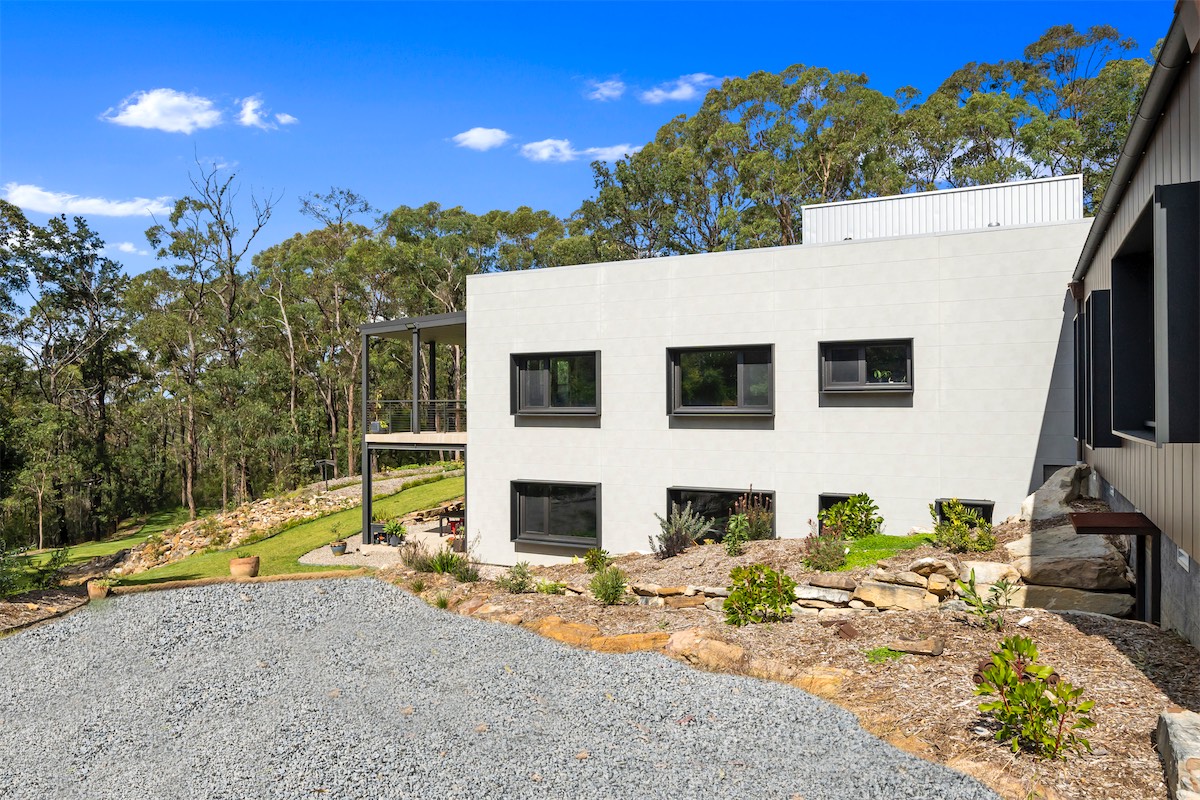
Healthier Living
Breathe easier with our Heat Recovery Ventilation system, which quietly replaces stale air with fresh, filtered air, free from harmful contaminants and mould. Experience a healthier home environment that supports your well-being.
Year-Round Comfort
Enjoy consistent indoor temperatures of 18–25 degrees, no matter the season. Our designs minimise the need for heating and cooling, keeping your home naturally comfortable and energy-efficient.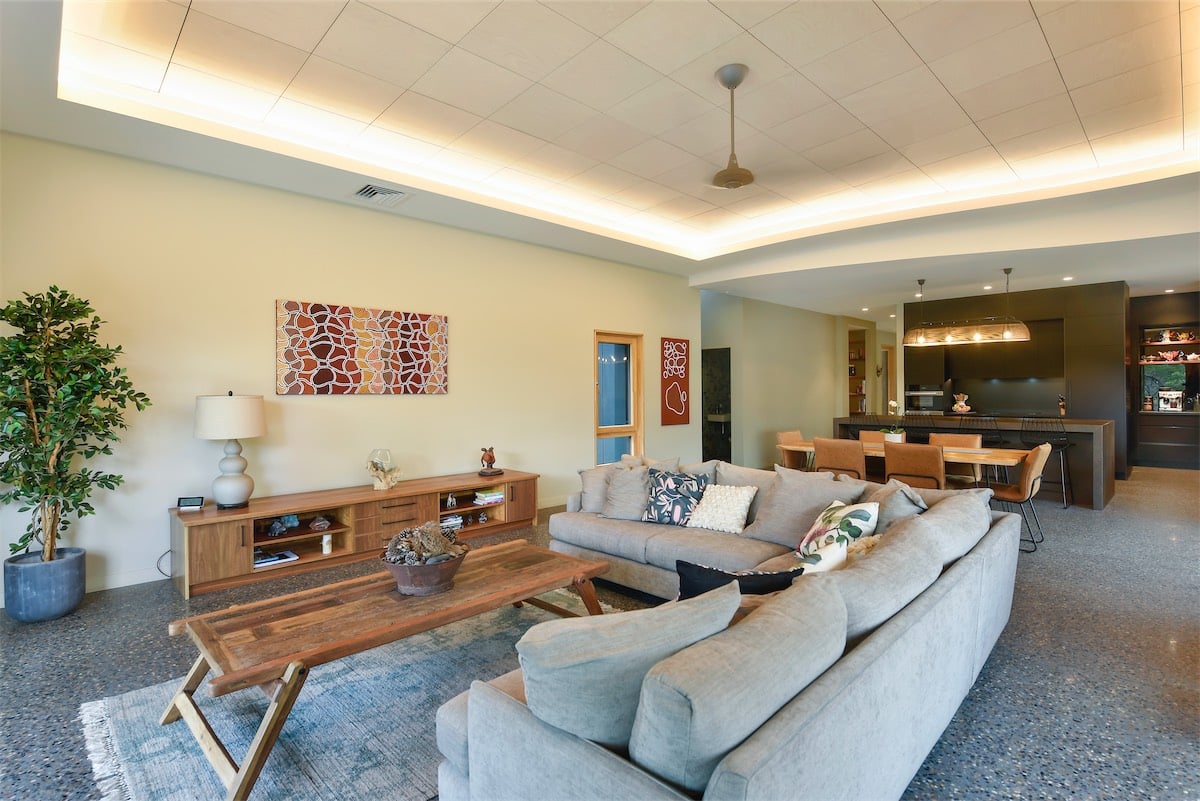
A Peaceful Sanctuary
Your home should feel like a retreat. Our Passive Houses are acoustically designed to reduce external noise and enhance privacy between rooms, creating a quiet, calming atmosphere.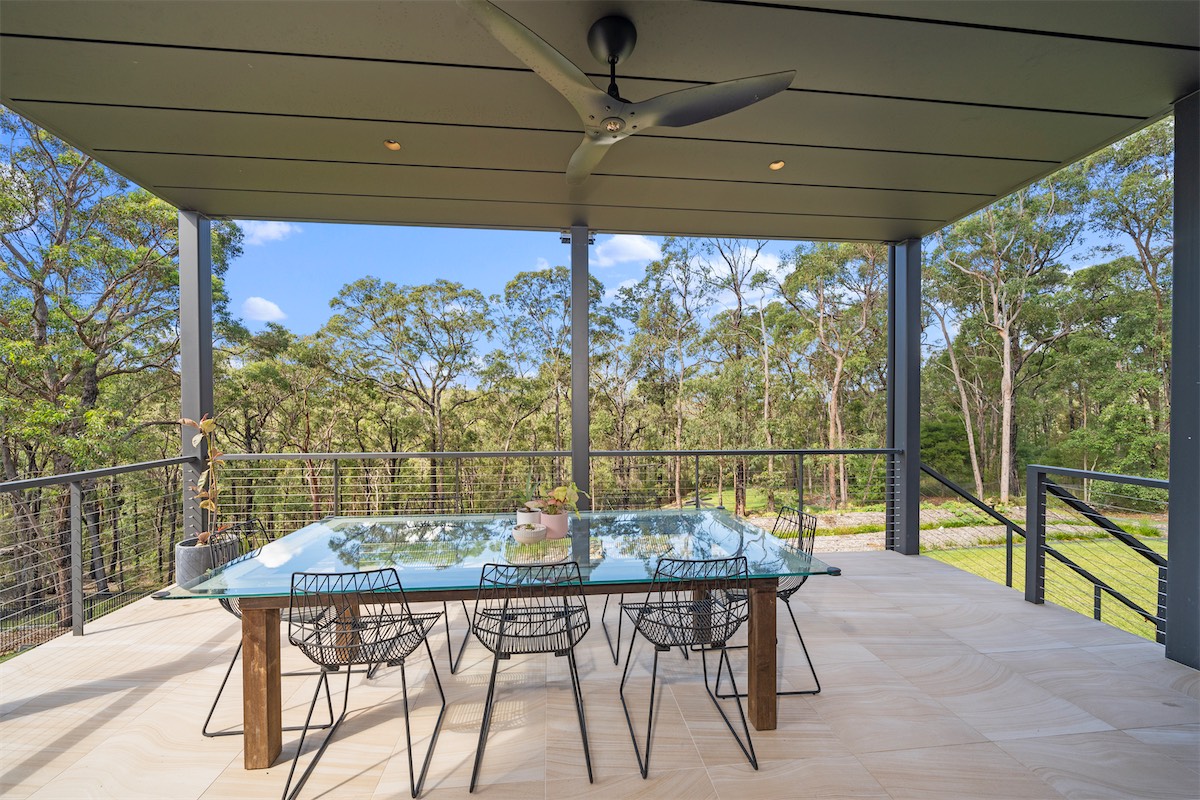
Efficient & Sustainable
Our homes are built with sustainability in mind, achieving low or net-zero energy consumption. With the potential to generate excess energy, you can even power your car or contribute to the grid. It’s a smart investment that’s kind to both your wallet and the planet.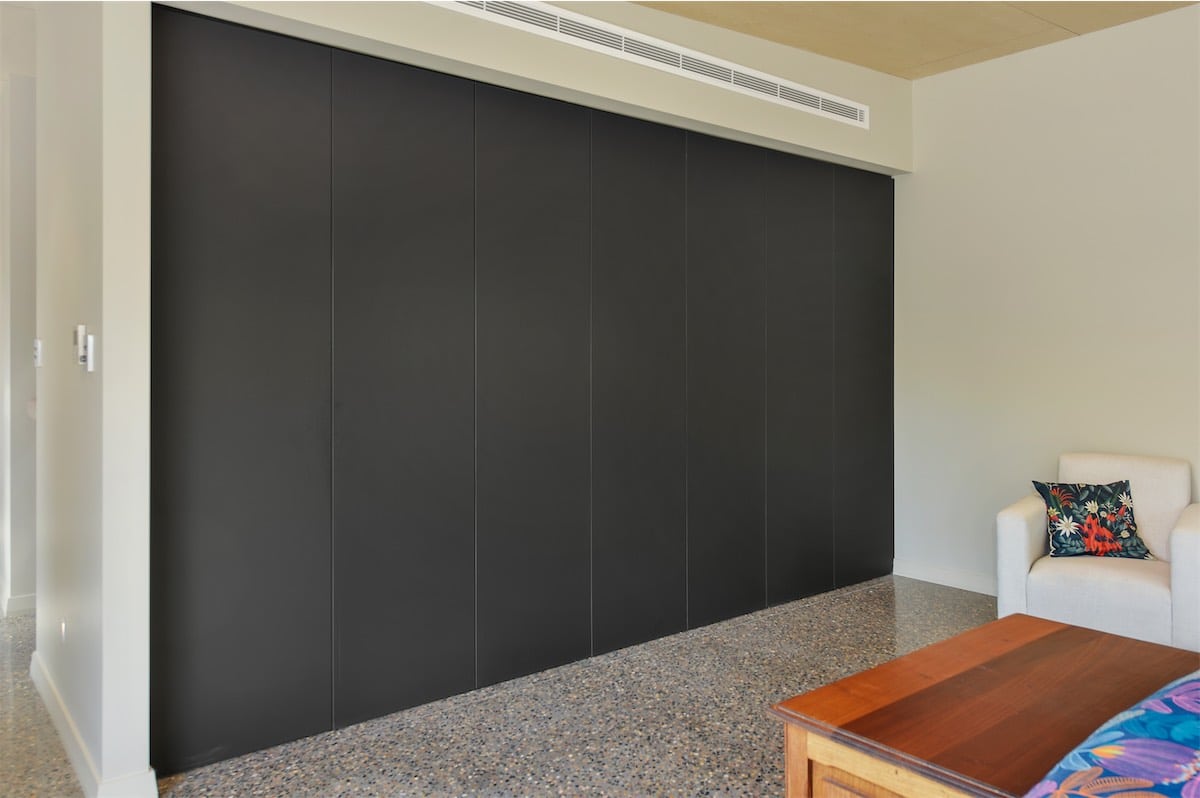
Cost-Smart Design
We deliver innovative, high-quality designs that maximise your budget while minimising ongoing maintenance costs. It’s about giving you more value today and into the future.
Built For Australian Conditions
With expertise in bushfire-resistant construction, our homes are designed to withstand even up to the most extreme conditions, including BAL FZ (Bushfire Attack Level – Flame Zone). This means your home is built to the highest standards of bushfire protection for your block, providing peace of mind for you and your family.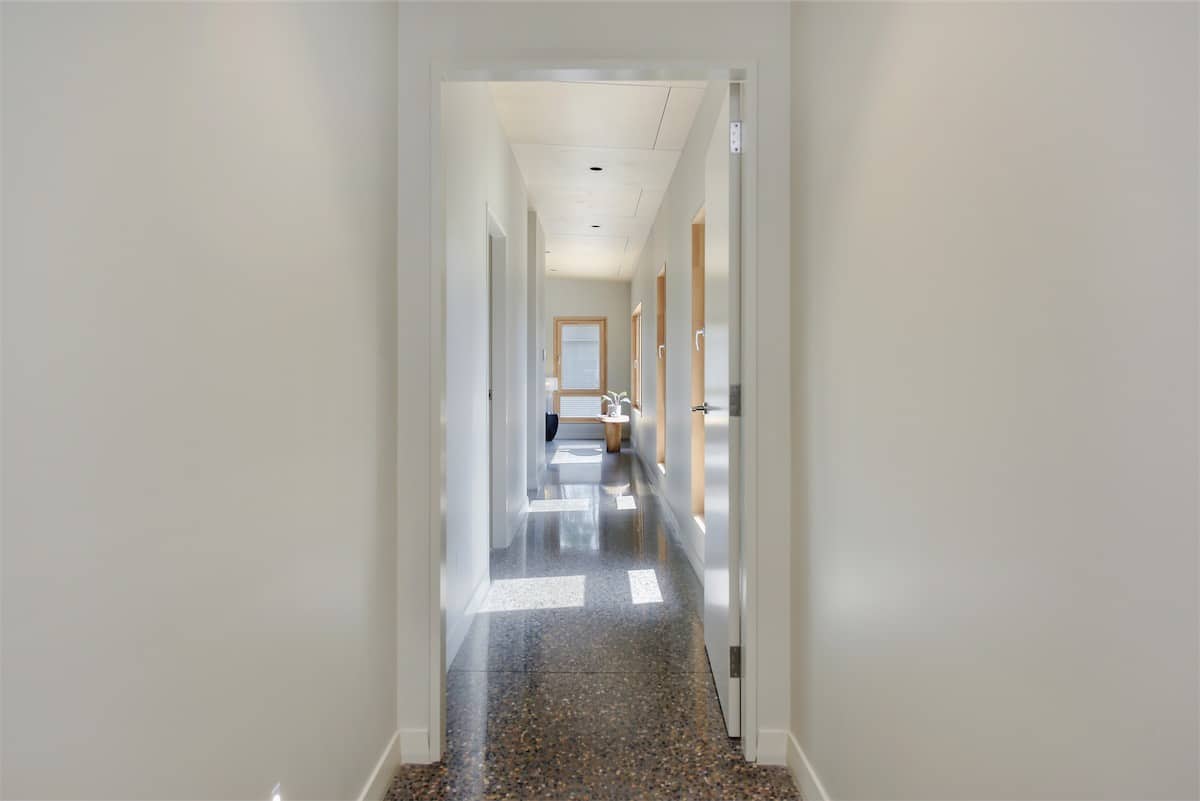
Award-Winning Craftsmanship
With over 55 industry awards to our name, and countless happy homeowners, our reputation for excellence speaks for itself. Every home we build is a testament to our passion for quality and sustainability.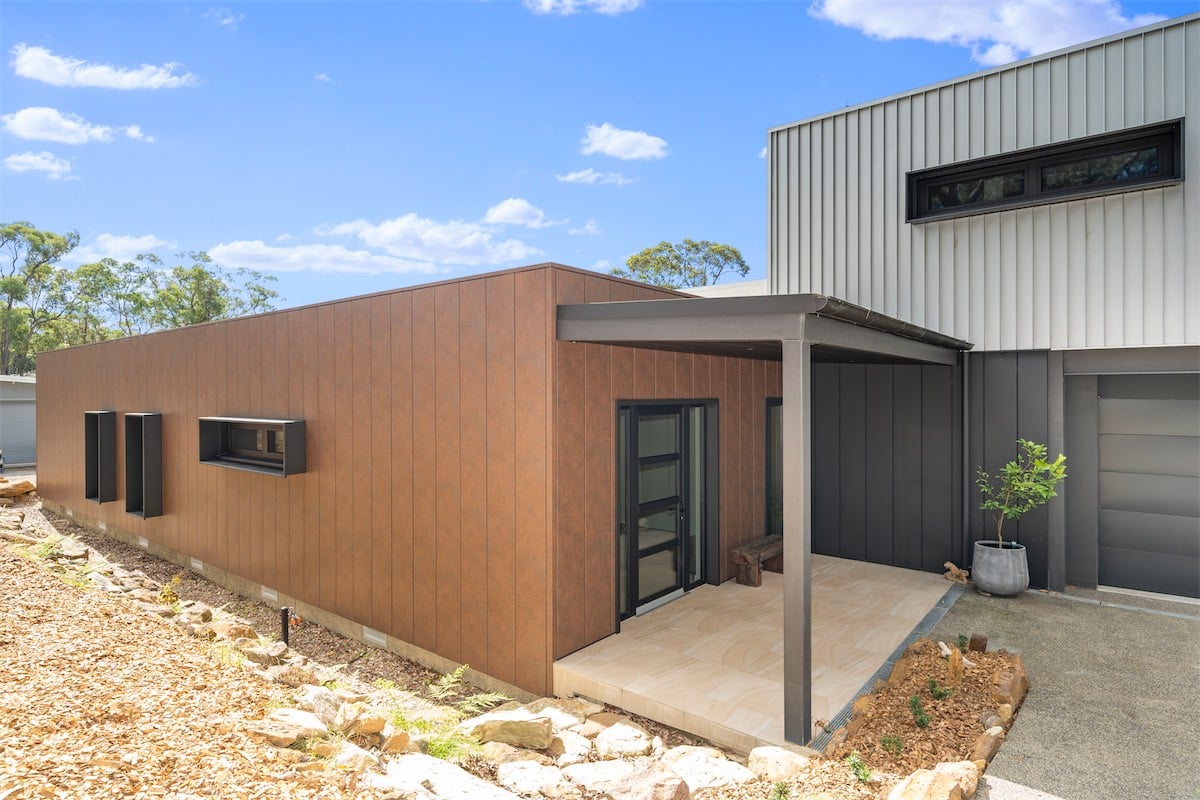
Better For The Environment
By embracing low-impact construction methods and minimising waste, we create homes that are as gentle on the environment as they are comfortable for you.
Thoughtful Design
We combine innovative ideas with practical solutions to ensure your home is as stylish and functional as it is energy-efficient. Every detail is crafted with your needs in mind.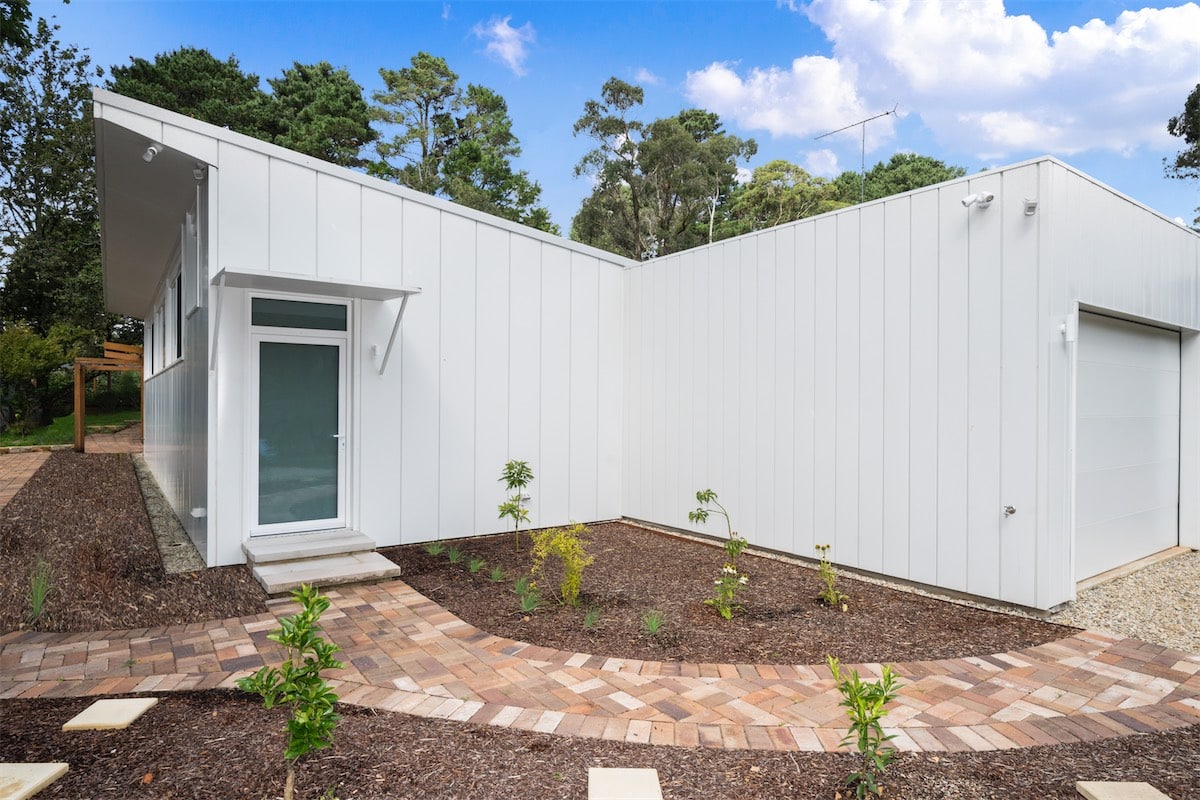
Built To Last
Our homes are designed for the long haul, requiring minimal maintenance and staying beautiful for generations. It’s a home you can count on.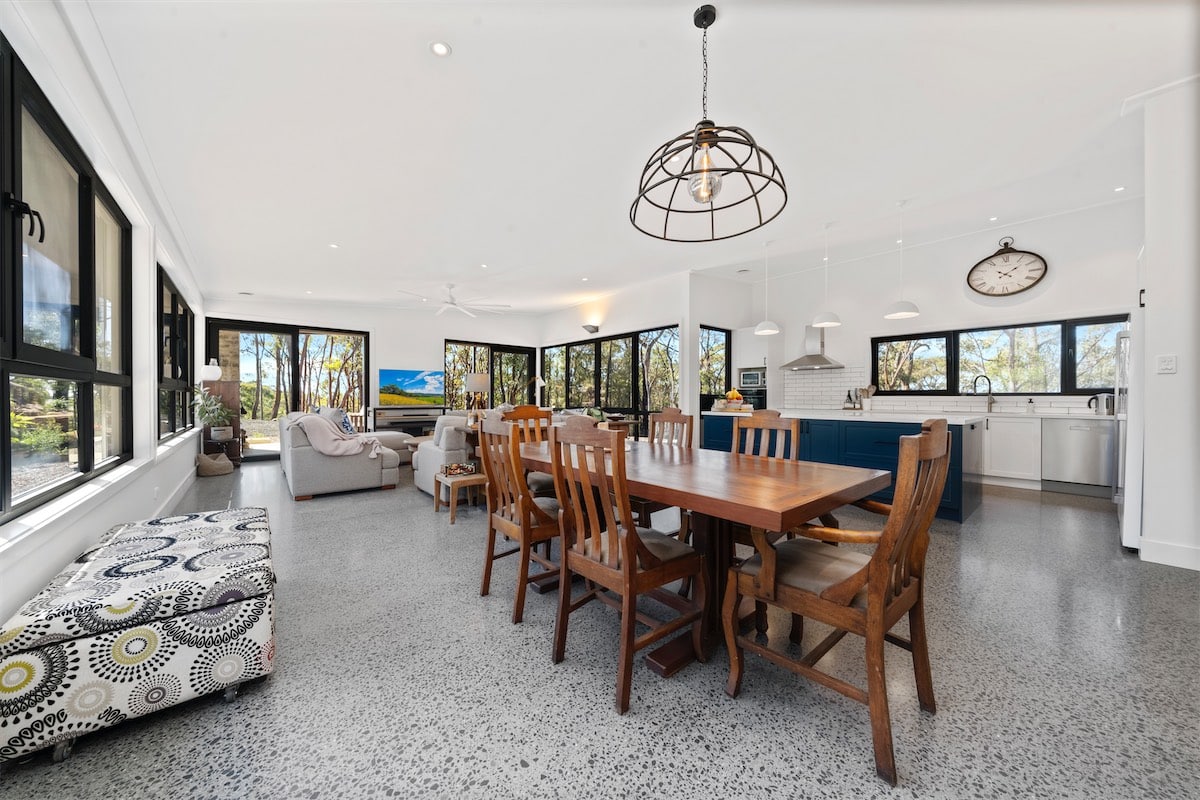
Resale Value
Sustainable homes are in demand. When it comes time to sell, you’ll find buyers appreciate the quality and energy efficiency of your Blue Eco Home, often resulting in premium resale prices.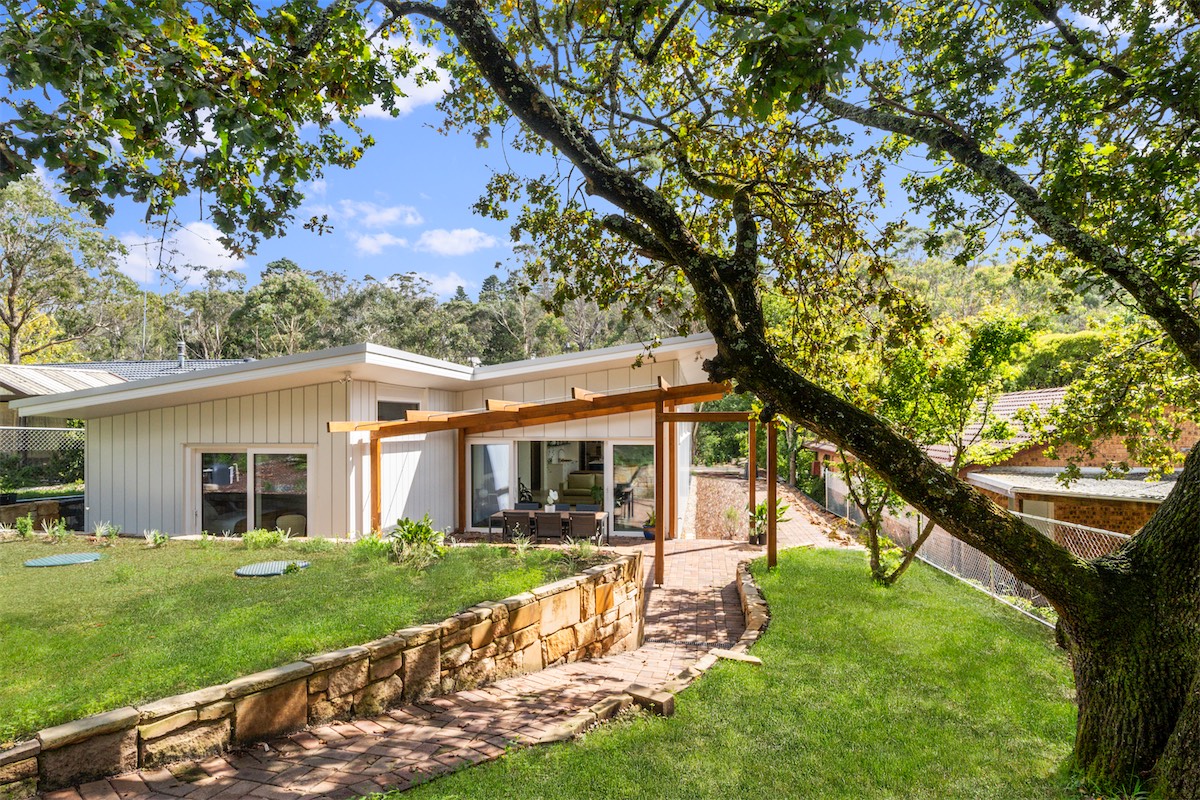
A Family Business You Can Trust
We’re a family-owned and operated company, delivering honest, old-fashioned service. From the initial consultation to handing over the keys, we’re with you every step of the way, ensuring your home is completed on time and within budget.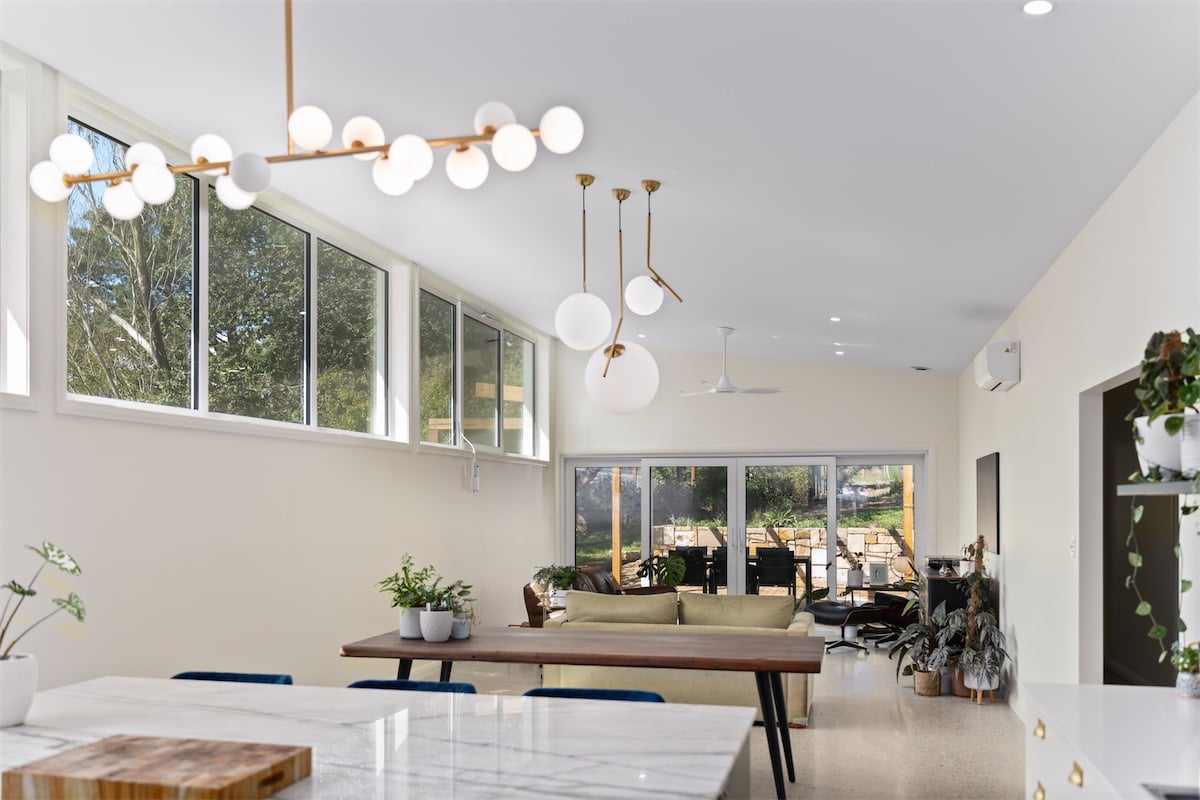
Proven Reputation
With decades of experience, a stable financial footing, and a dedication to excellence, Blue Eco Homes has earned the trust of homeowners across Australia. Our long list of awards and happy customers is proof of our commitment.


